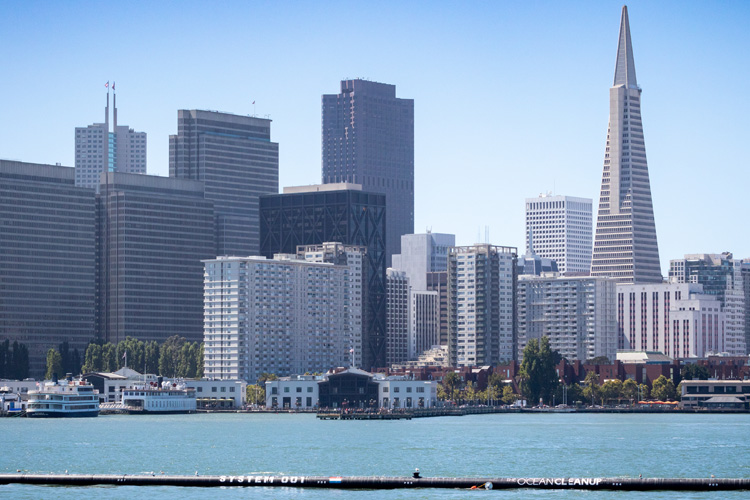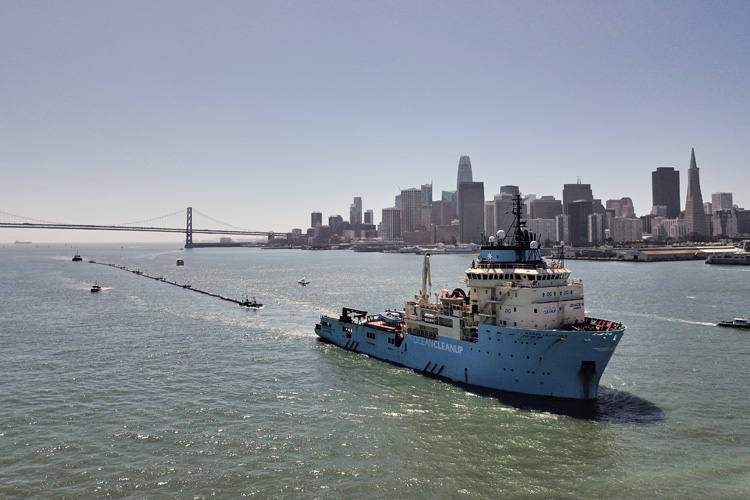Five years after it was dreamed up, it's finally on its way to the world's largest gyre of marine debris.
Ocean Cleanup, the marine garbage collection system founded by Boyan Slat in 2013, has finally been launched into the Pacific Ocean from San Francisco Bay.
After five years of analysis, research, design, engineering, trials, and fine-tuning, System 001 is making its journey toward the Great Pacific Garbage Patch.
The 600-meter-long barrier is ready to face all adversities, including large swells, strong currents, powerful winds, marine life, saltwater, and UV rays.
"I've seen this in artist impressions and computer simulations. To see this now reality is pretty amazing," expressed Slat.
"The next few months will be super tense. This is an exciting moment, but the moment we're looking most forward to is bringing this first plastic back to shore because that means that it's proven technology."
Testing Before Collecting
The device will now head to a test location 250-350 nautical miles offshore, where it will get its operational U-shape configuration and run its first tests for two weeks.
Then, the Ocean Cleanup will sail off to the remaining 1,000 nautical miles to the Great Pacific Garbage Patch, towed at an average speed of between two and four knots.

The trip to the scene of the crime will take around 60-to-90 days. Once it reaches the Great Pacific Garbage Patch, System 001 will be deployed and will start collecting garbage.
Slat and his team believe that the system will be able to reduce the floating garbage by 50 percent in five years, at an average collection rate of 5.5 tons of plastic per month.
Scientists estimate that the Pacific's garbage island has 1.8 trillion pieces of plastic.
"I'll be obsessively looking at the data that's coming in from the vessel, from the data streams, from the cleanup system," adds the CEO of Ocean Cleanup.
"If this first system goes well, then we hope to expand to a whole fleet of systems in the upcoming years and, hopefully, in the future, I hope to be working on more problems besides plastic pollution."
The plastic collected by Ocean Cleanup will be recycled and used to create new long-lasting products that will not end up in the ocean.
Since 2013, Ocean Cleanup has raised over $35 million through crowdfunding campaigns and private donors.
